Mutual Assent in Contract Law Made Clear for Businesses
Contracts are the legal DNA of any organization, but their enforceability rests on one, frequently misinterpreted factor: mutual assent.
How Mutual Assent Defines Contract Enforceability
What was once done in boardrooms, sealed by handshakes and signatures, now plays out in clicks, scrolls, and computerized approvals. Companies negotiate across different continents, AI software writes contracts in a matter of seconds, and electronic signatures supersede wet ink.
Through all this evolution, one question keeps showing up in court, did both sides really agree to the same thing?
That's the gist of mutual assent contract law. It has nothing to do with parties privately intended but what was publicly expressed in words, conduct, or digital acknowledgment.
Artificial intelligence and contract lifecycle management platforms have streamlined confirming assent and made it more auditable. These platforms track when, where, and how parties are agreeing to terms, leaving an immutable record of responsibility.
Key Takeaways
- Mutual assent is the foundation of all enforceable contracts, it ensures both parties are agreeing to the same terms.
- Courts use an objective test, and it is based on conduct, not private intent.
- Electronic agreements need to demonstrate clear, traceable evidence of consent to be legal.
- AI and CLM technologies are transforming how assent is proven, providing stronger records and audit trails.
- Knowing how mutual assent contract law is used today enables organizations to enhance compliance and contract integrity.
The Foundational Principles of Mutual Assent in Modern Practice
 All enforceable contracts start with one fundamental element: actual agreement between the parties on the same terms. This principle, labeled mutual assent, is the basis upon which contemporary contract law functions.
All enforceable contracts start with one fundamental element: actual agreement between the parties on the same terms. This principle, labeled mutual assent, is the basis upon which contemporary contract law functions.
It represents not what secretly may be coursing through parties' minds, but what parties openly demonstrate by actions and words.
In modern business, contracts are not always just a physical signature or meeting in person. They can result from digital messaging, web portals, or automated processes. Each of these must still have a clear offer and acceptance to be valid.
When determining mutual assent, courts seek clarity, consistency, and clear indication of intent. An offer must be so clear that the other party knows what is being offered.
Acceptance must be a repetition of the offer in its entirety; it might otherwise be construed as a counteroffer rather than an agreement.
To ensure enforceability in the fast-moving business world of today, organizations need to ensure that:
- All digital action is taken in a state of informed assent, e.g., by clicking "I agree" or accepting terms within a CLM platform.
- Contract documents are kept in order, with version history, timestamp, and participant data to confirm assent.
Advanced technologies, including contract lifecycle management (CLM) software, now serve a revolutionary purpose to document and verify mutual assent. The sites leave auditable paths of who made the offer, who accepted, and on what terms.
This documentation assists businesses in being able to defend the validity of their contracts if there's a dispute.
Mutual Assent and Modern Law
 The internet age has changed the manner in which agreements are created, accepted, and enforced. In online trade, assent is not achieved through signatures or hard-copy agreements but rather via user input and electronic acknowledgments.
The internet age has changed the manner in which agreements are created, accepted, and enforced. In online trade, assent is not achieved through signatures or hard-copy agreements but rather via user input and electronic acknowledgments.
Clickwrap contracts are the most obvious example of clear digital consent. Clicking "I Agree" to advance a purchase or enrollment shows objective agreement with the terms set forth.
Consent can only be enforced, though, where contract terms are clearly noticeable and user acknowledgment is unmistakable. Courts regularly enforce such contracts when firms make provisions visible and available prior to acceptance.
Contrarily, browsewrap agreements are built upon implied assent whereby users are taken to be bound simply by accessing a website or platform. However, this kind of consent creates tremendous legal obstacles. Without notice or express acknowledgment, users can effectively claim that they did not know they were being bound.
As such, browsewrap agreements that do not make sufficient terms visibility are usually declared void by the courts. To enhance the enforceability of electronic contracts, companies ought to ensure:
- Conspicuous display of contract terms, posted where users cannot go on without seeing them.
- Evident acknowledgement mechanisms, like checkboxes or electronic signatures, attesting review and approval.
It determines if a reasonable person would see the user's conduct as acceptance in good faith. This test prevents exploitation by requiring that consent be informed, voluntary, and conscious.
Most e-commerce websites currently incorporate contract management systems (CMS) or CLM tools that electronically record assent. These systems track user activities, time stamp, and affirmation confirmations, leaving verifiable digital paths that support the validity of online contracts.
The Use of AI in Contracting and Verification of Assent
 Artificial Intelligence (AI) is now an important driver in contemporary contract management, transforming the way contracts are created, negotiated, and validated. In contract lifecycle management (CLM), AI software now helps draft clear terms, detect risk areas, and authenticate assent more consistently and effectively.
Artificial Intelligence (AI) is now an important driver in contemporary contract management, transforming the way contracts are created, negotiated, and validated. In contract lifecycle management (CLM), AI software now helps draft clear terms, detect risk areas, and authenticate assent more consistently and effectively.
These functions directly improve the validity of mutual assent in contemporary contract law, where objective evidence of agreement is imperative. AI-powered contract management systems (CMS) streamline offer and acceptance by automating repetitive tasks, ensuring all terms are clearly presented before execution.
Automated templates and structured data fields eliminate ambiguity, helping both parties view identical terms before agreeing. Ensuring assent is another aspect in which AI systems are proficient.
Sophisticated systems apply metadata tracking, electronic timestamps, and electronic signature verification to ascertain that both parties deliberately signed the agreement. These records serve as verifiable proof of consent, which ensures legal standards compliance and minimizes conflicts over intent or genuineness.
In order to enhance the enforceability of AI-supported contracts, companies should:
- Ensure there is offer certainty through maintaining clear, unambiguous language in every AI-produced agreement.
- Review automated processes to ensure that consent is voluntary and well-documented.
While AI has benefits, it also creates new issues in establishing true assent. AI may create and send offers, but human supervision is still essential to ensure that both parties intended to be bound by them.
A contract must have true consent, no matter how well AI performs all of the operational steps. Legal staff must ensure that AI systems don't change essential terms or make unintentional commitments when drafting automatically.
AI also improves contract analytics, detecting inconsistencies or obligations that can impact assent validity. For example, algorithms will detect vague clauses, undefined terms, or absent acceptance points that can later invalidate the contract.
By doing so, this proactive method ensures every agreement supports both legal and ethical contracting standards.
Challenges and Strategies for Documenting Digital Assent
 Recording digital assent is now a legal requirement as well as a compliance issue in the era of electronic contracting. With organizations relying more on CLM platforms, establishing authentic consent goes beyond a digital signature; it requires noticeable, traceable proof of intent and knowledge.
Recording digital assent is now a legal requirement as well as a compliance issue in the era of electronic contracting. With organizations relying more on CLM platforms, establishing authentic consent goes beyond a digital signature; it requires noticeable, traceable proof of intent and knowledge.
One of the biggest dangers to true mutual assent is misunderstanding and miscommunication. When parties simply are not using terms in the same way, there is no real "meeting of the minds," and thus no enforceable contract.
Equally, contracts that result from duress, coercion, or fraud fail the requirement of voluntary assent and can be held voidable. These hazards are heightened in online settings, where human contact is limited and automatically consent occurs.
Electronic contracts also have to overcome the hurdle of inadequate notice. Courts underpin the necessity of conspicuous display of terms, users should have an equal chance of viewing them prior to assent.
Contracts that hide key clauses in fine print or separate hyperlinks risk being invalidated. For minimizing these risks, organizations may resort to a number of strategies:
- Keep objective evidence: Retain version histories, emails, and activity logs that clearly indicate offer, negotiation, and acceptance.
- Provide clarity and visibility: Make all terms available in easy-to-access formats, employing simple, clear language and visible consent actions.
Legal staff should also audit regularly within their CLM system to ensure that any digital signature or click-through agreement complies with relevant contract laws. Auditing trails and metadata capture provides auditability to authenticity and intent.
Clarifying unclear terms is also critical. "Mutual assent" has legal specificity, demanding clear matching of all terms and conditions. Employing more general terms such as "consent" could weaken enforceability.
Digital Trust as the New Compliance
 With the automation revolutionizing contracting, businesses need to make sure that technology ensures increased clarity, transparency, and accountability rather than substituting for them.
With the automation revolutionizing contracting, businesses need to make sure that technology ensures increased clarity, transparency, and accountability rather than substituting for them.
With the emergence of AI-powered tools and contract lifecycle management platforms, the process of consent, review, and approval capture and authentication has been reimagined.
Platforms on Microsoft 365, like Dock 365, offer the framework and stability to guarantee compliant and traceable digital contracting. With intelligent workflows, audit trails, and eSignatures, these platforms allow companies to record every phase of assent with confidence and consistency.
As technology advances, the task is no longer whether machines can create contracts but how they will uphold trust and accountability from cradle to grave. The companies that thrive will be those that combine technological cost and efficiency with ethical and legal care.
Schedule a free demo with Dock 365 today and discover how your company can automate contracting while ensuring total compliance and trust.
Like our content? Subscribe to our newsletter on LinkedIn for more insights and updates.
Book a Live demo
Schedule a live demo of Dock 365's Contract Management Software instantly.

Written by Jithin Prem


